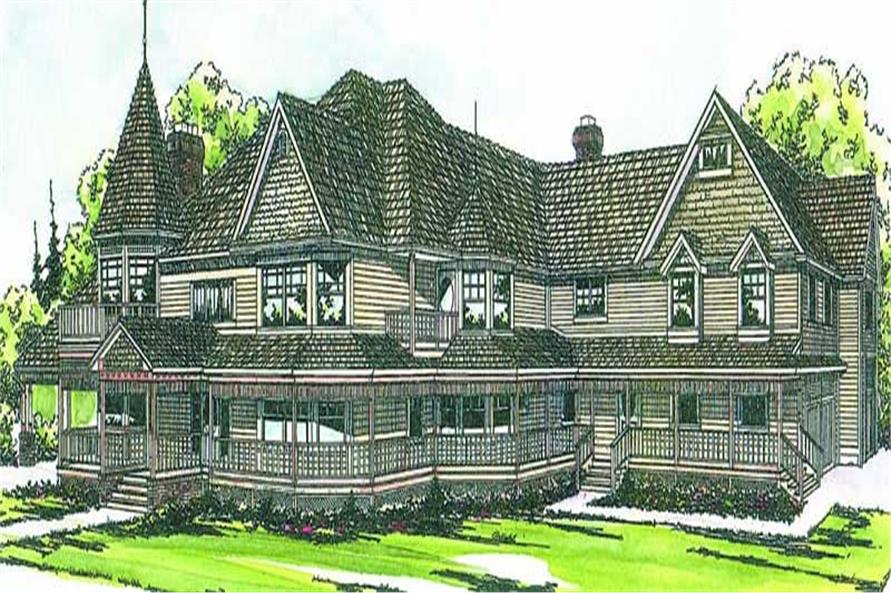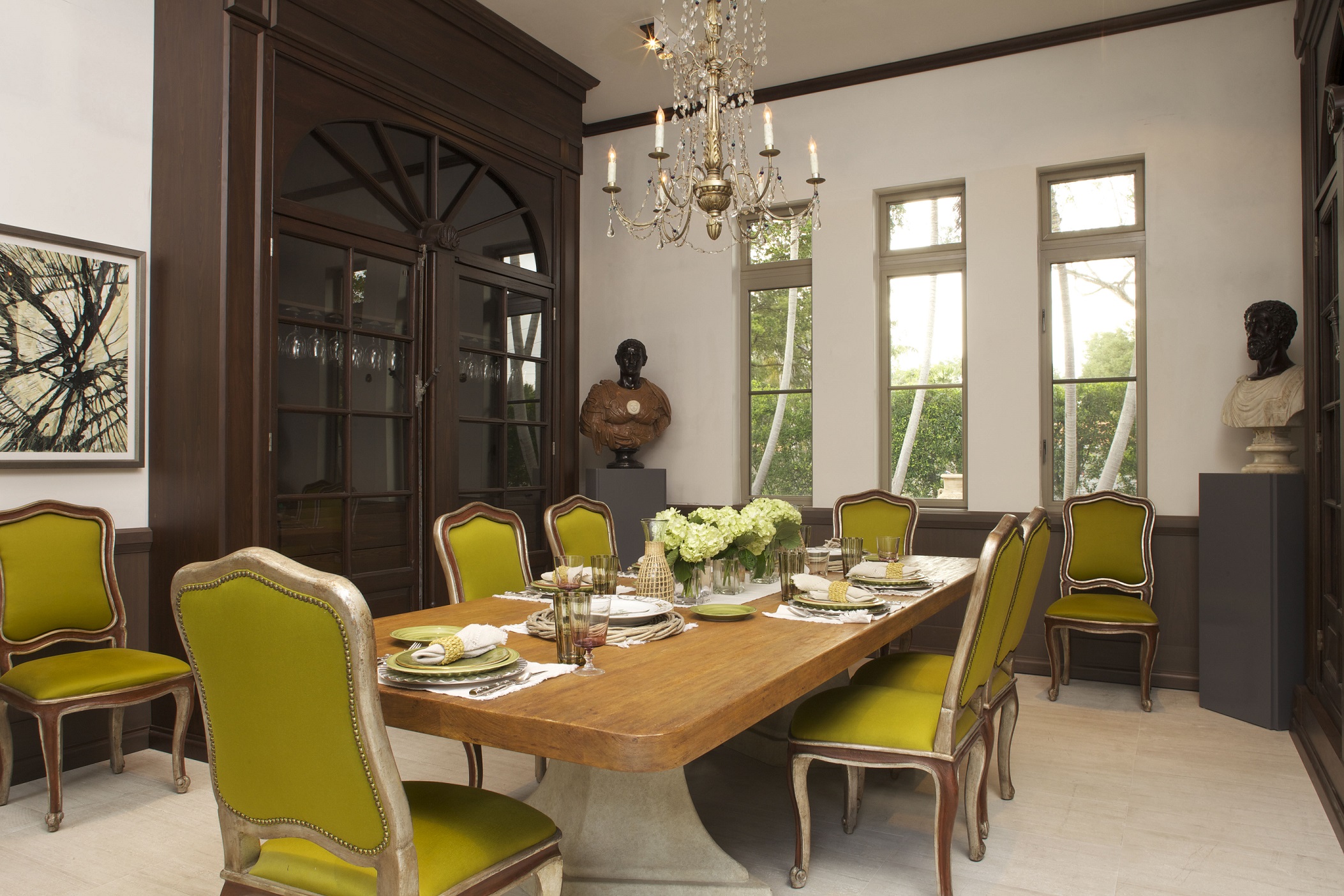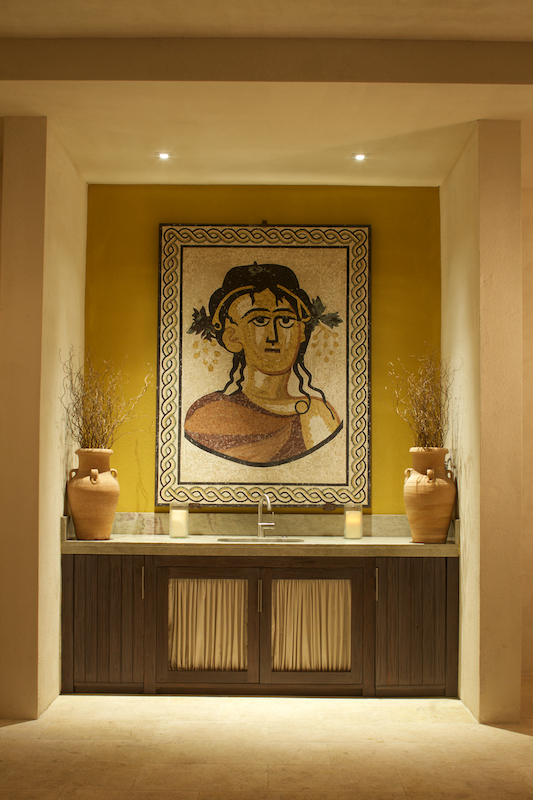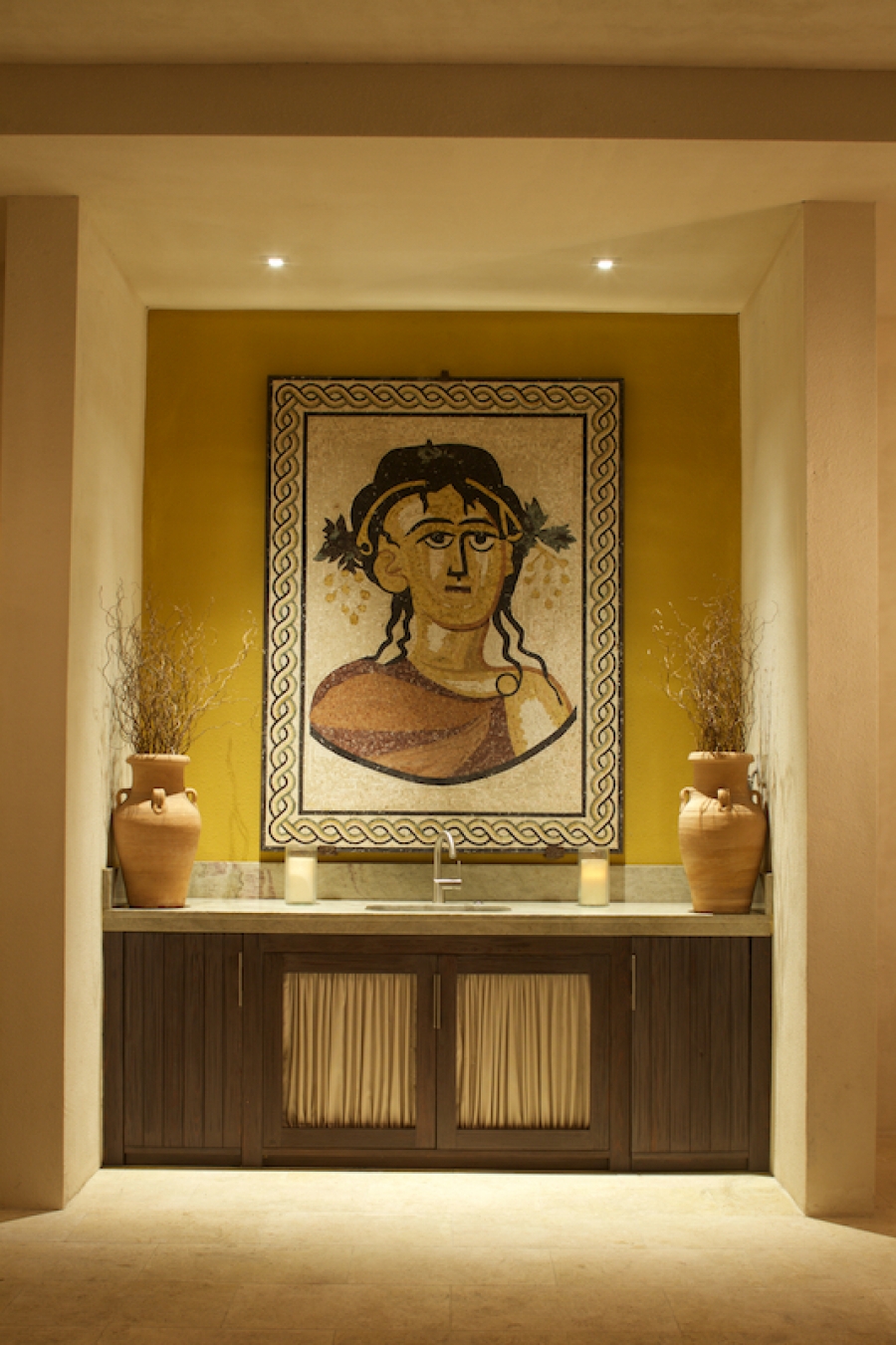Earlier periods of architecture celebrated ornamentation and art, with a bow toward European styles and a level of creativity that is seldom seen in modernist and postmodernist architecture. But while postmodernism does add back a little of that lost flair, one of the most exciting trends today is combining authentic vintage architectural pieces onto newly constructed homes.
“Whether it be mantels, light fixtures, or flooring, the character of old architecture can help make a new home have more character, and create showstoppers and focal points,” says residential architect Maxim Nasab. “Recently, we used old heart pine solid beams for a custom designed dining room bench and mantel in a home.”
Cookie-cutter homes, pre-fab tract designs and Levittown concepts helped fuel the post-war boom in the ‘50s, but it sacrificed style in favor of quick construction, low cost, and large volume. They, too, often invoked the wit of satirists and folk musicians, most notably, Malvina Reynolds’ “Little Boxes,” which very accurately described post-war housing as she sang, “Little boxes. . . They’re all made out of ticky-tacky, and they all look just the same.”
Whoever first dared to put Victorian frill on those little boxes had the right idea. Today, architects, home builders and homeowners are stepping out of the mold in record numbers. They’re embracing the exciting trend of blending old with new, watching “American Pickers” and anxiously visiting antique shops looking for that rare, one-of-a-kind bit of architectural salvage that will transform a modern design into the talk of the neighborhood.
Matching vintage artifacts with modern design
The blend of historic and modern may even start with the plan itself, with some builders looking at popular historic periods in an attempt to base modern design on older trends. “Some modern architectural plans mimic vintage styles, combining for example, a Victorian theme with modern elements,” says Tim Bakke, Director of Publishing for ThePlanCollection.com.

This two-story Victorian house plan features over 6,000 square feet of living space, with a traditional veranda across the front and fireplaces in the living room. Image courtesy of The Plan Collection.
A restored, 150-year-old Victorian can be beautiful, but it may be lacking in terms of modern amenities, adequate bathrooms, and energy efficiency. “A modern plan based on historic design combines the best of old and new,” says Bakke. “The result can be a stunning Victorian without the drafty rooms and heat loss, with building elements up to 21st century standards built in from the very beginning.”
Architect and interior designer Carlos Gonzalez often uses antique architectural pieces, not only in client projects, but in his own home, which he completed two years ago. The 7,000-square-foot custom home in Coral Gables, Florida, includes salvaged antique French oak windows (ca. 1850) with original cremone bolts, which were lovingly stripped of lead paint, with some of the original carvings restored, and repurposed into a bar-vitrine cabinet to serve as a focal point in the dining room.

Salvaged French windows
Also reminiscent of a wonderful European garden, Gonzalez’s beautiful domed stone temple used to sit in the garden of a French home, and currently sits anchoring the entry hall. The aged patina contrasts wonderfully against new custom walnut paneling.
The Moroccan marble mosaic dining tabletop, purchased in Marrakesh, adds a wonderfully exotic tableau, hung on custom hand-forged iron brackets in the home’s covered terrace.
Beautiful Moroccan mosaic from Marrakesh, hung as a tableau
Gonzalez’ home also features a hand-carved European stone vessel used as a powder room sink, which had to be bored and fitted with contemporary sink drains and fixtures.

Antique stone sink
Discovering Victorian treasures doesn’t have to be limited to the architectural salvage store; the same character can be reflected throughout the home with the addition of vintage furniture. “Mid-century modern design is very popular in California,” says interior designer John Linden. “This time period was also one of the first where furniture pieces were mass produced by individual designers. As a result, there is a large resale market for vintage midcentury pieces, which homeowners definitely prize.”
Where to find the perfect artifact
Building a new home or remodeling an old one starts with a treasure hunt for those one-of-a-kind antique pieces that add the sort of history and character that is seldom found in new construction.
“We regularly visit architectural salvage stores in town to acquire pieces that could be of use in the future,” says Nasab. “My advice would be to always visit your local architectural salvage store with your designer or architect when you are designing your new home – or remodeling your existing one. You will instantly get inspired by all the colors and textures that are missing from today’s designs.”
While the number of architectural salvage outlets, both in brick-and-mortar and online, are proliferating, Bakke notes that finding the right piece requires careful attention to how those items fit into the modern design. “Before visiting the architectural salvage store, take a good look at your home’s design, colors, and features,” says Bakke. “A particular piece of salvage may work well in one design but not in another, so take time to look for that one stand-out piece that fits in perfectly with the features of your home.”








